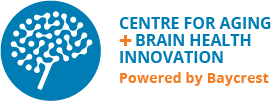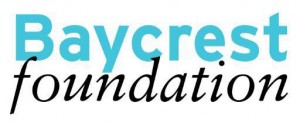In light of the current public-health emergency caused by COVID-19, CABHI will be releasing a series of blogs about the aging and brain health solutions aimed at promoting the physical, cognitive, and social well-being of seniors and their caregivers. It is our hope that these resources prove beneficial during this time.
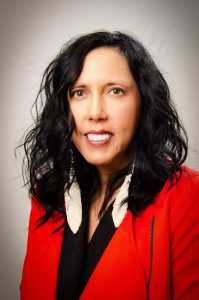
Dr. Carrie Bourassa
Saskatchewan-based research lab, Morning Star Lodge (MSL), is developing resources to help keep Indigenous seniors, and their communities, informed about COVID-19. The initiative, Protecting our Home Fires, is rooted in the cultures and traditions of the people served by Morning Star Lodge. The title is reminiscent of a time when Indigenous Peoples gathered their homes and families around campfires for warmth, food and safety.
“In our communities we’ll often say we hope that you get back to your home fire – which means your home or your family,” says Sadie Anderson, Morning Star Lodge Lab Manager.
Dr. Carrie Bourassa, Scientific Director at the Institute of Indigenous Peoples’ Health – Canadian Institutes of Health Research is spearheading the initiative alongside Anderson. Anderson and Dr. Bourassa joined the Centre for Aging + Brain Health Innovation (CABHI) for a Q&A about the initiative and the impact it’s having on Indigenous communities across Canada.
Here’s a recap of the conversation:
Q: How are Indigenous seniors and caregivers uniquely impacted by COVID-19?
A: Self-isolation and physical distancing can be challenging on reserves or rural communities where many people tend to live in one home.
Accessing care will look different when you live in a remote community. Some communities are adaptable to technology and can implement telehealth, but many still don’t have access to these resources. Some reserves have had to close. How does this impact Indigenous elders and communities who are not receiving the kind of support they normally would?
Ceremony is also a very important aspect of our culture. Some Indigenous ceremonies can involve anywhere between 10 to 30 people. How do you adapt these ceremonies for physical distancing? These are not things we can televise.
Even when we talk about vaccines – some elders remember a time when they were in residential schools and had experiments conducted on them. That’s why we had to develop fact-sheets and videos targeted at Indigenous communities. We’re already thinking about engagement plans to educate people about vaccines because we know that will be a very important conversation.
Q: What is MSL doing to support Indigenous seniors and their communities during this health crisis?
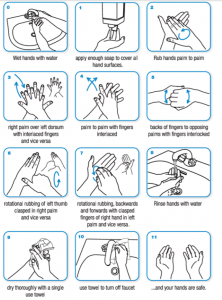
Hand washing fact sheet
A: We started out with fact sheets that were culturally safe. Those really took off. They were very helpful to our communities. We translated them into Indigenous languages like Cree, Michif, Dene and Nakota. Then we started doing videos about how to wash your hands effectively, what social distancing looks like, how to make traditional foods. We also created exercise videos. We’re developing a webinar right now to address other issues such as domestic violence – something that tends to happen more frequently in a pandemic.
We’ve also developed a resource called 19 Ways for a Healthy Home Fire, which is an amazing package listing 19 different things you can do at home. The activities are culturally-relevant and includes things like cross words, beading templates, reciting numbers in Indigenous languages like Michif, and cross stitch patterns. It also includes a template for setting up a work schedule, or how to set up schedules for your children.
Q: How do the resources created by MSL resonate with Indigenous seniors in a way that other non-Indigenous resources may not?
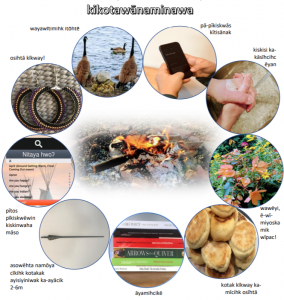
Protecting our Home Fires fact sheet
A: As Indigenous Peoples, our strength is in our culture. Protecting our Home Fires is a reference to a time when we built camps and always had a fire going. The camp was also where the elders and the more vulnerable people would be. It speaks to the unity of your entire family and is a very sacred thing for our people. That’s really the base of where we started from – protecting our home fires. We really wanted to focus on keeping our communities healthy, resilient and strong. It can be easy to become anxious when we focus on the pandemic.
We’ve also found that with older adults, those living with or at risk of dementia, literacy can be challenging. That’s why we use pictures to communicate things. Pictures are easier to understand than a giant wall of words. People will get more from our Protecting our Home Fires fact sheet than they will from a clinician fact sheet because it’s easier to understand and includes images that they see regularly. It’s the old adage that pictures can say a thousand words.
Q: How is the community responding to these resources?
A: We’ve gotten great feedback. The information is really good and is presented in a culturally-appropriate way so as to avoid triggering First Nations and Métis individuals who have trauma related to residential schools. We are working very closely with our partners to ensure that everyone who needs these resources can get access to them. One of our partners has sent this to Guatemala. It’s also gone to Iran, Mozambique, New Zealand, and of course across Canada. These resources are needed, which is why we keep putting out more information and videos – we’re trying to do three a week. The hope is to keep this strategy going so we can provide people with everything they need during this time.
Watch this informative video on physical distancing from the Protecting our Home Fires strategy:
